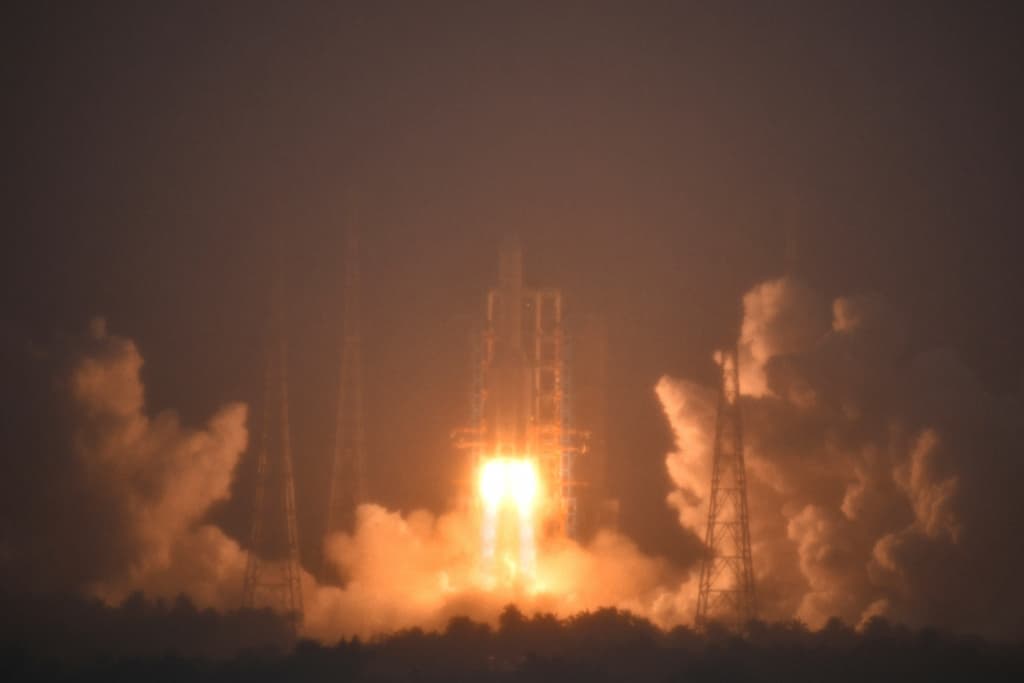China makes progress in the increasingly intense lunar exploration competition.
The Chang'e 6 spacecraft has successfully landed on the moon's hard-to-reach backside, where it will collect samples.
The spacecraft landed in the enormous Aitken basin, one of the largest impact craters in the solar system, on Sunday morning Beijing time, according to the state-run news agency Xinhua.
The mission, which started in early May and is expected to take 53 days, is the sixth in the Chang'e program – named after a Chinese moon goddess. Equipped with a mechanical arm and a drill, Chang'e 6 will collect around 2 kilograms of samples from the moon's surface and underground, which will then be returned to Earth for analysis.
Several countries have invested in moon research this year. China is now competing with the US, which is still leading in space exploration. Japan and India, as well as several private companies, have launched moon probes in recent years.
China's goal is to send humans to the moon before 2030. The US also plans to send astronauts to the moon for the first time in 50 years.
The US has warned that China's space program is being used to hide military goals and is an attempt to establish dominance outside of Earth.
Missions to the moon's backside are more complicated than to its front side, as it does not face the Earth, making it harder to maintain communication. The hope is that the samples from the spacecraft will provide information on the differences between the moon's back and front sides.
No human has been to the moon since the US's Apollo program in the years 1968 to 1972.






